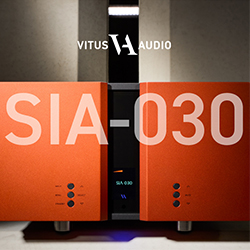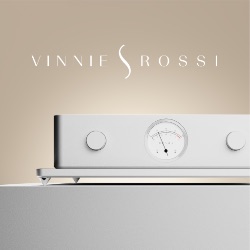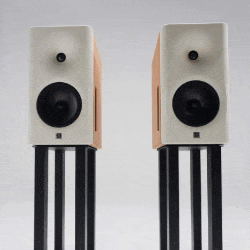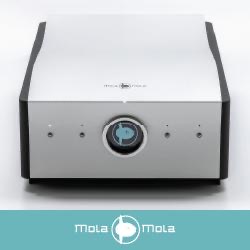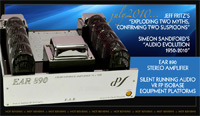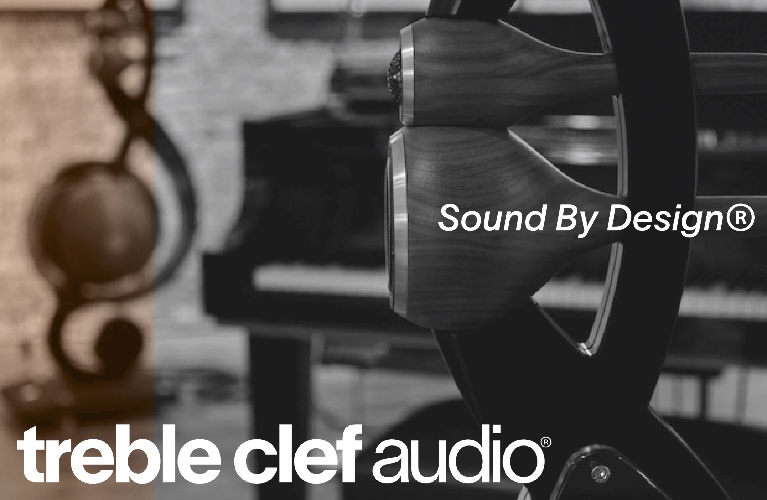Note: for the full suite of measurements from the SoundStage! Audio-Electronics Lab, click here.
How much flash should a flagship component radiate? In the world of turntables, the answer is a lot. For the most part, the more expensive a turntable is, the more physical space it occupies, and the more levels of chrome and polished acrylic there are between the shelf and the top of the platter.
In some ways, this “bigger, brighter, heavier” mindset isn’t really necessary. It’s possible to build a killer state-of-the-art turntable that’s compact and clever. Rega has got this nailed—but they’re outliers in the world of high-performance analog.
Once you hit a certain price level, most people (me included) want a component to make a statement. There are many different ways to do this. Presentation, style, build quality, and—of course—sound quality will all factor into a product that can ride low and in style while still taking your breath away.
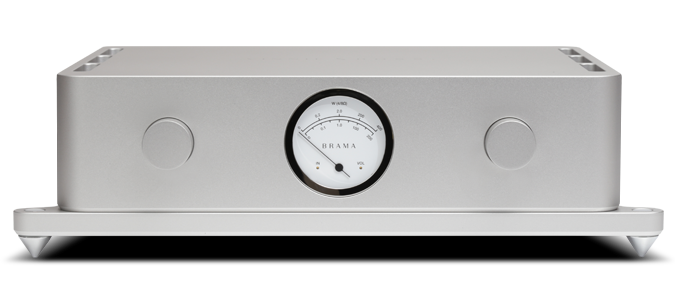
Prior to this review, I hadn’t had any dealings with VinnieRossi, an American manufacturer of statement-level amplification components. Hans Wetzel reviewed the L2i Signature Edition integrated amplifier–DAC back in January 2021. I recall reading that review, but other than that, this company was in my blind spot. So when I received the offer to review the VinnieRossi Brama integrated amplifier, I quickly opened a new browser tab and did some research.
The Brama integrated is a low-profile, extremely elegant serious chunk of amplifier, and at US$47,995 or CA$70,000, it carries a commensurately serious price. That’s a whole lot of coin, but the Brama walked itself into my house in style. Before I go into detail about the construction, circuit design, sound quality, or anything else relating to the amplifier itself, I need to tell you about the box.
What we have here
Yes, the box. The Brama is the second component I’ve reviewed recently that arrived in a hard-sided flight case. Like the Mola Mola Lupe phono stage, the Brama was delivered in a single-layer cardboard box that concealed an exceptionally sturdy, military-looking case that gives the impression it was designed to transport weapons-grade plutonium. At 50 pounds, the Brama itself is reasonably heavy, but not unmanageably so. The case adds another 36 pounds, so together, the box and amp are fairly chunky. No matter! The case is equipped with an extendable handle, like those found on wheeled luggage, and one set of wheels. So you can just pull up the handle and roll the case into the room, and then decant it right next to your shelf.
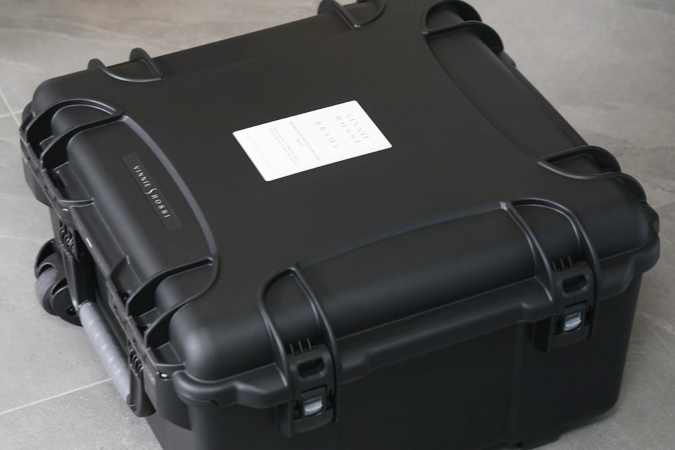
The flight case is made by Nanuk, a Canadian company that specializes in storage for medical, photographic, military, and all sorts of other uses. I ended up going down a rabbit hole on Nanuk’s website, fantasy-shopping for backpacks and briefcases to prepare for imagined adventures way too dangerous for my sedentary lifestyle.
The latches on the case are very sturdy, almost to a fault. The foam inside is resilient and cut perfectly to fit the amp. There are cutouts for the comprehensive hardcover manual, remote control, power cord, and accessories, most notably the sturdy, well-made RCA-to-XLR adapters. The last thing I’ll say about the Nanuk case is that it features a pressure-release valve, presumably to prevent an OceanGate-style implosion during flight.
But the main event here is, of course, the Brama amplifier itself. As I said, the Brama integrated weighs 50 pounds, and at 5.5″H × 18.7″W × 16″D it’s not heroic in its proportions. I slid the Brama out of its case, removed the well-fitting cover, and placed it on the table before inserting it into the rack. There was much to admire.
The Brama’s chassis is milled from a solid block of aluminum, and it’s obviously manufactured to extremely tight tolerances. Viewing the amp from the top, front, and sides, there are no visible joints—it might as well be one solid block. Styling cues are few but very well chosen. The base is wider than the main chassis, with outrigger spikes, and there are three cutouts on each side of the top panel. Classy, monolithic, brutalist.
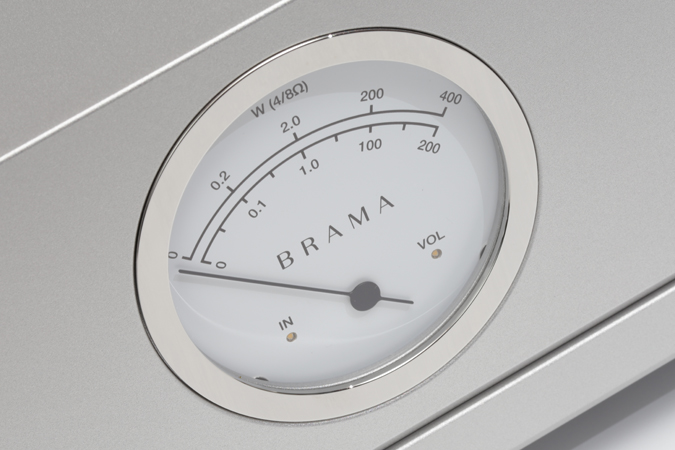
The main styling event is the Brama’s front panel. There are two knobs on the front panel, one each for volume and input selection. Each knob performs double duty: a push of the left input knob powers the amp on or off. A push of the right volume knob engages a mute circuit. Between the two knobs is the most elegant display I’ve yet experienced. The circular level meter is backlit by a creamy-white light that somehow seems to achieve a color temperature I’ve never seen before. It’s the color of linen, of fresh cream, of handmade paper. The meter is surrounded by a thin, polished-chrome bezel and protected by sapphire glass. Via the remote, you can switch the display from an active VU-style representation to a static volume level. I left it dancing in VU mode.
Internally, the Brama is a head-spinning conjunction of cutting-edge forward-think and buggy-whip tradition. Let’s start with the most interesting technological aspect of this amplifier: the tubes. Although it’s a fully sealed, modern-looking component, the Brama is fronted by two 300B tubes, one for each channel, in the preamplifier section. This tube design involves a directly heated triode and is most often employed in the output stage of low-power amplifiers, where it can generate about seven watts, downhill, with a tailwind. Here in the Brama, the 300Bs don’t need to be biased as hard, since they are only being used for voltage gain (not power output) and are under dramatically less stress than if they were directly driving speakers. And that means they can run while horizontally entombed inside the Brama’s casework. There’s a reason you normally see power tubes such as the 300B out in the wind, and that’s because when driving speakers, they generate a ton of heat and must dissipate it.
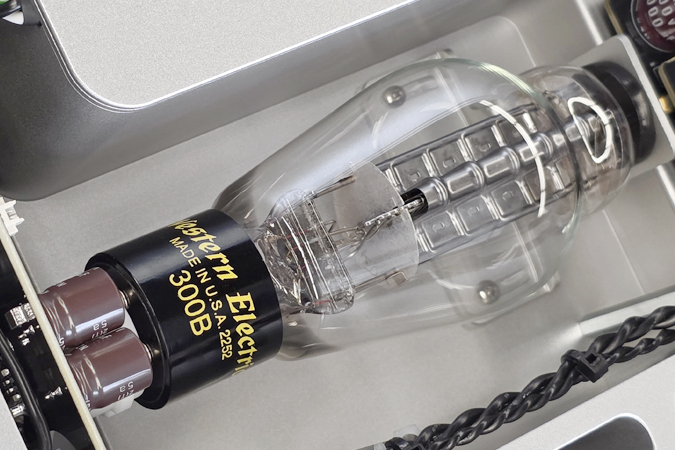
The choice and implementation of the Brama’s tubes fascinated me, and I spent some time chatting with company founder Vinnie Rossi about the Brama’s design and architecture. According to Rossi, the tubes have such an easy life that you could touch them without burning your hand. That’s why they can survive inside a sealed case. Notably, since the case itself is a substantial mass of aluminum, it’s very heat-sinky, which helps dissipate whatever heat the tubes emit. As a result, the company states that the tubes should last at least ten years—and they’re warranted accordingly, as is the amplifier itself.
Just as well they’ll last a decade, because these are Western Electric 300Bs, the most expensive ones out there. Rossi works directly with Western Electric, which picks, matches, and supplies tubes specifically to his requirements.
So we’ve got a tube front end powered by an unconventional tube topology. The power section is also unconventional. First off, the power supply is a custom-made switch-mode design, which flies in the face of conventional audiophile wisdom, wherein linear power supplies reign supreme. As I stated in my editorial this month, we all need to get over that. SMPSs have come a long way since the days of the cheap, noisy wall wart.
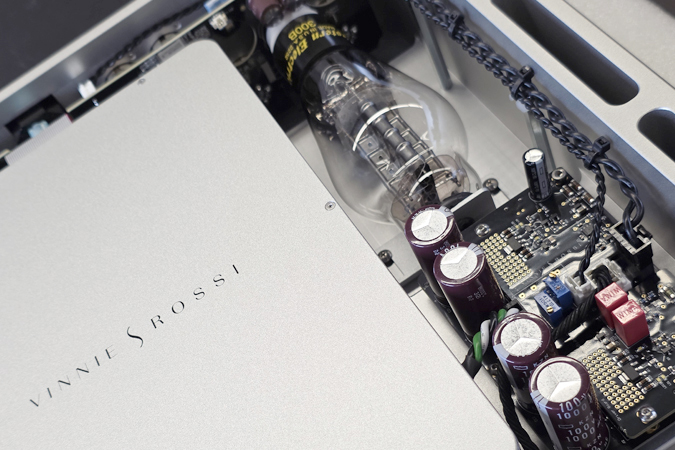
I spoke with Rossi about this, and he responded with some very good reasons why his current products employ SMPSs.
“The power supply in the Brama was designed from the ground up over two years,” he told me. “The previous generation used a large toroid, but that type of power supply chokes instantaneous current; it resists a change of power. Add in the fact that an unregulated power supply using a toroid is still a ‘switching’ power supply, but the diode bridge that follows it switches at 100 or 120Hz (twice the AC mains frequency), and its harmonics bleed right into the midrange. A well-designed SMPS, however, will have harmonics in the 100kHz range, which doesn’t affect the audioband. And it’s much more responsive, with no lag, no sag.”
Now, switch-mode power supplies are most often associated with class-D amplifiers, as the ability to provide instantaneous current allows this amplifier topology to generate prodigious power with high efficiency. The Brama does not have a class-D amplifier section. It runs in linear class-AB, which should help get some of the more uptight audiophiles off their fainting couches.
But wait! Even this technology has a nifty VinnieRossi twist. The Brama generates a healthy 200Wpc into 8 ohms and 400Wpc into 4 ohms. According to the company’s literature, the Brama is also stable into 2-ohm loads. This kind of power from a class-AB amp usually requires a whole bank of transistors—my Hegel H30A is armed with a total of 56 bipolar transistors, generating a measured 296Wpc into 8 ohms. That’s more power than the Brama, admittedly, but the Brama chugs out its 200Wpc via only two transistors per rail (so only four total per channel).

Said Rossi, “These are high-power, lateral-die MOSFETs. They’re larger than the standard transistors used in most amplifiers. They’re made specifically for audio, and matched for us by the factory.”
The Brama is fully balanced aside from the single-ended signal that’s output from the 300B tubes. There are no single-ended inputs or outputs, so you’re buying into a balanced system. Included in that flight case are two sets of high-quality RCA-to-XLR adapters to accommodate single-ended sources, but really, you should probably provide the Brama with balanced sources if you’re considering this amp.
On to the remote control, which has an up/down, left/right cross for volume adjustment and source selection, with a mute button in the center. That’s all the functions you need, and they’re intuitively arranged, right? There are two other buttons, of course—a power button and what’s ostensibly a back button. The back button opens the menu and exits the selected function. The functions are few and appropriately chosen. This is the way every high-end audio remote should work.
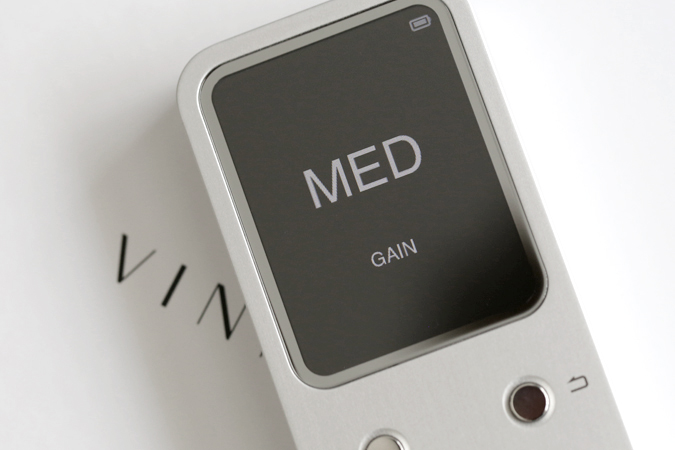
Very important from a functionality point of view are the adjustable gain settings. There are three: High, Med, and Low. Optional gain is potentially beneficial for matching various sources and represents a clever inclusion, given that each input will remember the chosen gain setting. I left it set to Med because all of my sources are close enough in gain requirements that no additional balancing is needed. Further, the Med setting let me ride the volume at around the 50 mark, right in the middle of the Brama’s 100-step resistor-ladder volume control.
Visually, the Brama’s remote is beautiful. It’s also milled from solid aluminum, and its LCD screen displays only the required information. The display is high resolution and very legible, protected again by sapphire glass. In an interesting convergence of events, the Brama is the second component in quick succession in my system that’s controlled via Bluetooth. Like the Mola Mola Lupe phono stage, the Brama does not rely on line-of-sight communication. I found the Brama’s remote a pleasure to use, as I could place it on the chair beside me and just push the damn buttons without having to pick it up and point it at the amp. Once more, I feel I need to soothe audiophiles who will clutch their pearls at the thought of a Bluetooth radio inside a high-end component. Please keep in mind that the Bluetooth receiver inside the Brama will only be active when it actually receives a command from the remote. It’s completely passive and silent otherwise. And further, the Bluetooth receiver is fed from its own separate power supply.
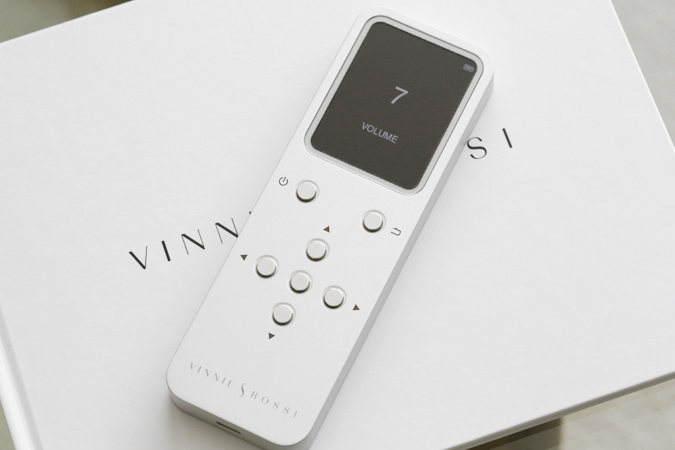
The only sand in the Vaseline was the remote’s battery life. The remote receives its charge via a USB-C connection. I needed to charge it every morning, as it would be nearly dead after a single day’s use. While it does go to sleep fairly quickly, the remote burns through its charge at an astonishing rate. Still, it charged up quickly for me and remained an absolute pleasure to use. If my fortunes were to change dramatically and I were to purchase my own Brama, I would run a discreet USB-C cord up through the sofa cushions and just leave the remote plugged in.
I installed the Brama in my ridiculously heavy custom-made rack, with the amp’s machined spikes sitting in a set of little cups I still have from God-knows-where. The Brama was fed with all balanced sources—the Mola Mola Lupe and EMM Labs DS‑EQ1 phono stages, and the Meitner Audio MA3 streaming DAC—except for the home-theater front-channel outputs from my long-suffering Anthem MRX 300 A/V receiver. All cables were from the Siltech Royal Single Crown line.
The back panel is well laid out and split in the center, with one channel’s connections mirror-imaged on the other side. There are five balanced inputs, and a set of preamplifier outputs that can be switched between fixed- and variable-level. Also on the back are two outputs designated as Brama Link, reserved for use with a VinnieRossi power amplifier. Speaker connections are via a set of juicy WBT Nextgen binding posts.
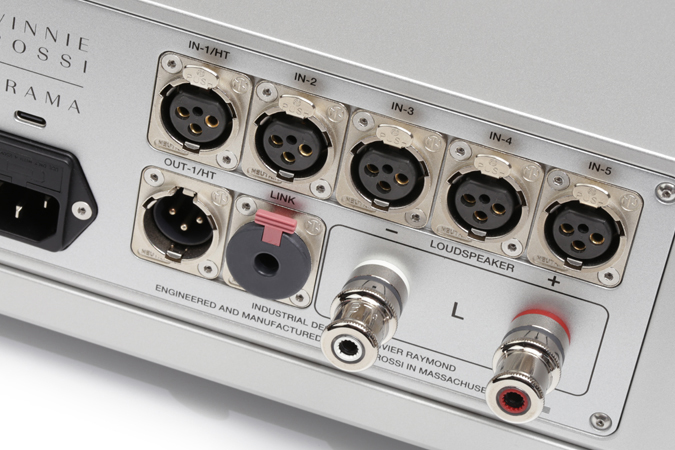
I used a pair of Bowers & Wilkins 805 D4 Signature standmount speakers exclusively through the review period.
Nobody can eat 50 eggs
In use, the Brama was an unqualified pleasure. I could start up the amp via either the remote control or by physically pushing the selector knob. I often used the knob, as it’s a tactile joy, giving a soft, sexy click upon actuation.
As you might expect, the Brama runs warm. Not hot—just reassuringly warm. I could place my hand on the top panel without discomfort. Warmup was surprisingly quick, with the amp’s sound quality stabilizing within a couple of minutes.
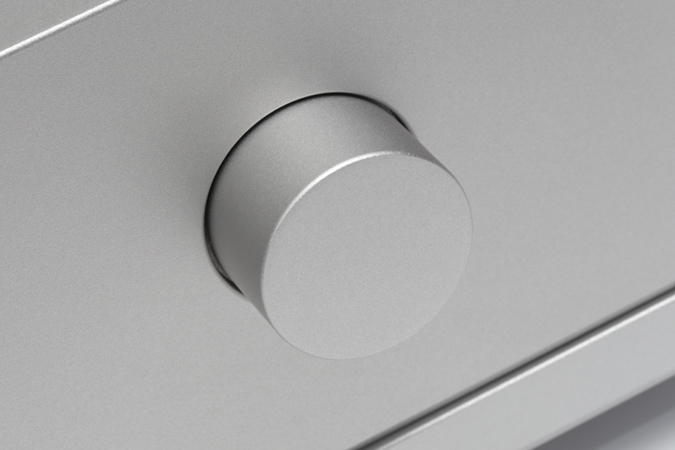
From the first tracks I played through the Brama I found myself settling into its sound, as it felt like it was wrapping itself around me. This sensation perplexed me. I’ve listened to several amplifiers through the Bowers & Wilkins 805 D4 Signatures, and they’ve kept their essential characteristics throughout those changes. The 805s are an acid trip made real. They throw images around like they’re physical knives flying through the room. They’re a fever dream, larger than life, a roller-coaster ride through a Star Wars movie.
The Brama didn’t sound like any amp that’s yet been through my system—most markedly not via the 805s. The executive summary: the Brama presented images with a feeling of solidity, of weight, of corporeal body, in such a way as to seem like this amplifier was the missing piece, the natural completion of the 805’s evolution into a complete speaker.
If you go back and read my review of the 805, you’ll note that my evaluation was a categorical rave, a love affair in two channels. Ask me back then, and I’d have told you that I would not change a thing about the 805’s sound. Yet here I was, listening to an amplifier that made this wonderful speaker sound even better.
I must explain. With the Brama integrated powering them, for the first week it felt as if the 805 D4s weren’t flinging images around in quite as energetic a manner as they had with other amps. This was my first impression, and I wasn’t completely sure I liked it. But as I listened more, as I thought about it and listened into the music, I realized that the Brama was harnessing some of the wild energy the 805s were scattering around the room, creating a physical reality that was more believable, and less Looney Tunes zaniness.
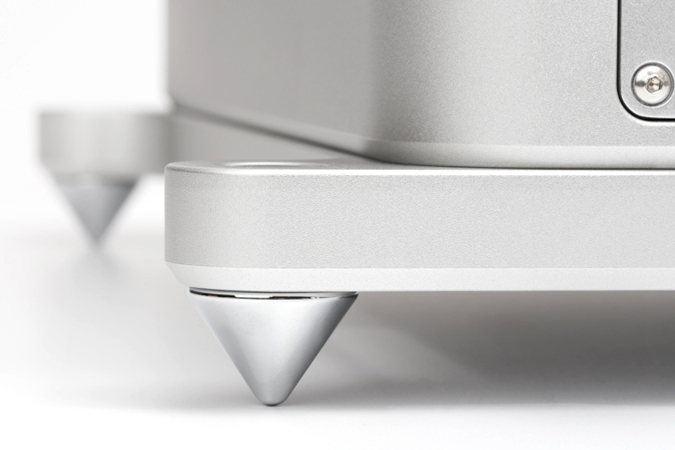
Time for some examples to help explain this. For the past two months, my go-to recording for demonstrating the 805s’ imaging abilities has been Koby Israelite’s Orobas: Book of Angels Volume 4 (16-bit/44.1kHz FLAC, Tzadik / Qobuz), an album of John Zorn compositions. Starting off with “Rampel,” you can hear all kinds of instrumental flourishes whizzing all over the place. It’s a circus sideshow of imaging, and it’s endlessly entertaining. The Brama took some of the lateral energy out of those little cartoon characters and focused it into a more cohesive, believable presentation.
Suddenly, I was no longer at the circus. I was immersed in a living renaissance painting. I’ll pick Rembrandt’s The Night Watch for my metaphor, as it’s a huge, immersive canvas, and the Brama transformed Israelite’s “Rampel” into a rich, three-dimensional world that I could explore at my leisure. There was plenty of front-to-back depth to the soundstage, but its nature had changed. Each image, each instrument, had more weight, with discrete edges that didn’t bleed into each other. At the same time, those discrete edges lost some of their pinpoint outlines that—while entertaining—seem almost hyper-realistic and artificial through other systems. Combining image bloom with solidity isn’t something that’s easy, something that’s seen every day, but that’s what the Brama accomplished in my room. All of the little lightweight flashes in “Rampel” were transformed into solid textural images that inhabited real space. This wasn’t a change in tonal balance—it was more of an increase in density of information.
Another standout example was St. Vincent’s MassEducation (LP, Loma Vista LVR00448), where the lower registers of the piano on “Savior” played off the muted top notes to create a cohesive presentation of a whole, integrated instrument rather than separate, disjointed images.
The topology of the Brama is, for the most part, at least somewhat conventional, with the exception of the 300B preamplification section. I’m going to go out on a limb and suggest that it’s the tubed front end of this amp that is contributing to the startling image solidity. I recall experiencing some of this sense of soundstage density when I reviewed the Fezz Audio Lybra a couple years back, so there’s a small dose of empiricism in my suggestion. Listening to the Lybra was like inhabiting an ongoing wet dream—fun as can be, but soggy nonetheless. The Brama was having none of the Lybra’s overt romanticism, delivering instead crisp control through the bass and into the lower midrange.
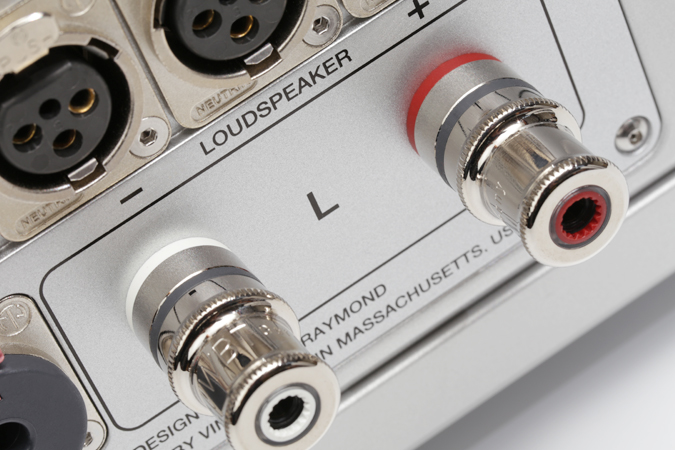
As I’m sure you’ve heard, Rush just announced that they’re re-forming, backed by a new young-gun drummer. Of course I’ve been listening to a whole bunch of Rush albums since I heard this exciting news. The MoFi reissue of Permanent Waves (Mobile Fidelity Sound Lab MFSL‑1302) has been spinning on the EAT Fortissimo S, fronted by the Ortofon Cadenza Black, for the past several days, and with the Brama spanking the 805s, I found myself immersed in Alex Lifeson’s wall-of-sound guitar. “Freewill” is a barn burner, a track that encapsulates everything that makes Rush such a powerful band.
The rapid-fire, start-stop crack of Neil Peart’s drums contrasted wonderfully with the saturated sound of Lifeson’s effect-laden guitar. This isn’t subtle music—it’s life-affirming rock that’s jam-packed with information, and the Brama sorted out the details while retaining all of the power. The Brama’s midrange is admirably clean and neutral, yet at the same time it remains extremely expressive. The quick bursts of crackling distortion backing up Geddy Lee’s voice in the chorus stood out as discrete elements, and Lee’s voice cut through clearly, unmuddied, without artifice.
Up a little further, into the lower treble, the Brama injected a small amount of texture into Peart’s cymbals and Lifeson’s incendiary guitar solo. As I listened to “Freewill”—and, heck, pretty much every other piece of music via the Brama—I nodded my head in admiration at the way this amp treats the overtones that are the hallmark of listening for pleasure rather than analysis. I could probably rephrase this to claim that the solid-state amps and preamps I’ve been using over the past decade have failed to reproduce some of the inner light and harmonic realism that’s integral to live music, but I think that’s just a tiny bit of a stretch. Still, there’s definitely tube magic flowing from the Brama’s 300Bs.
I just loved that sound, that tiny ember, that warm glow. It seemed to fill in some of the gaps in the 805s’ wildly spacious sound, making them sound more cohesive and realistic. It was never overdone, remaining exceptionally subtle. Though I could really only identify it in certain isolated instances, I can’t help but think that the tube richness was at least partially responsible for the image solidity I’ve already raved about.
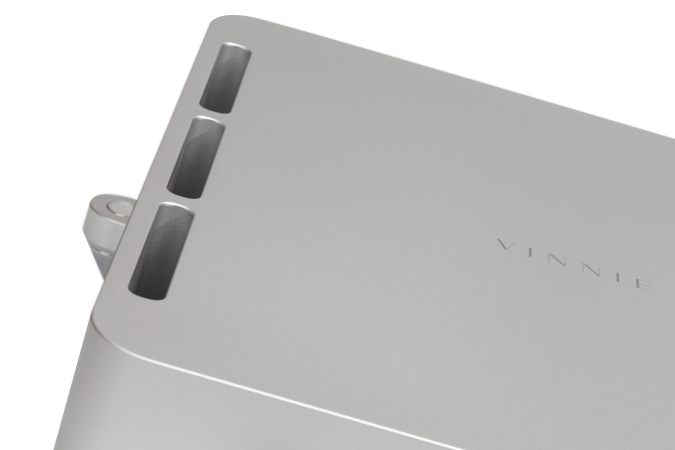
That richness on cymbals extended to brass instruments. Chet Baker’s Chet (LP, Analogue Productions AJAZZ 1135) is like soaking in a bath of warm honey, with Baker’s trumpet taking on a cotton-candy-like tone that’s infused with overt tube sugar. It’s already almost a caricature of itself, sounding manipulated into sweetness that’s beyond real. With the Brama running point, I found it working with Baker’s recorded tone, dredging up dimensional realism on the overtones without muddying the already-sweet sound that fractured off the trumpet’s bell.
I haven’t really dwelled on the Brama’s bass, as there was so much in the regions above that demanded my attention. But even down low the Brama distinguished itself with liquid, lithe lows. Always tight and crisp—much as you’d expect from a large-caliber solid-state amp that doubles down into low impedances—the Brama flowed with the music, getting out of its own way. Greg Cohen’s bass on John Zorn’s Alhambra Love Songs (LP, Tzadik TZ 6010) is very evocative, seeming to almost converse with Ben Perowsky’s drums and become one with Rob Burger’s piano. The Brama kept Cohen’s bass discrete and tight, while still allowing for definition on the leading edge and just a small amount of bloom on the tail.
She knows exactly what she’s doing
The Brama is an amplifier for adults. That may sound condescending, as I doubt many children are searching for an endgame integrated amplifier. But there comes a time when the hunt for better, more, larger, costlier, heavier components must stop. And the Brama is a good place to finally stop and just start listening.
While the Brama is very expensive—oh my, is it ever—it’s easy to see where the money has been spent. The casework is easily up there with the best I’ve encountered. The remote is lovely, the front gauge is beautiful, and those tubes are most certainly not cheap. And with its Nanuk flight case, it’s also presented in a manner that just screams attention to detail.
Within its chassis, it’s also clear that much work has gone into the Brama’s design. The combination of a unique transistor topology, a custom SMPS, and an unconventional tube front end speaks to extensive research.
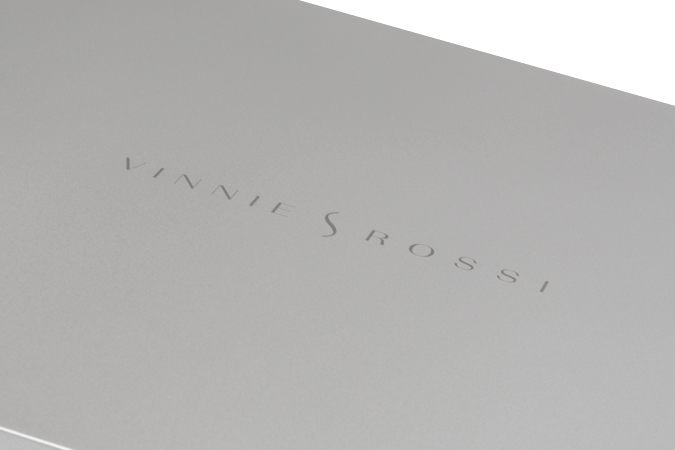
The result is an unqualified rave from me regarding the way the Brama reproduces music. I didn’t mention this earlier, but I think it’s important to consider that with the Brama, it’s possible to get much of the flavor and juice of the 300B tube without having to worry about power constraints and speaker impedances.
So there’s value here, although it’s certainly aimed at a rarefied market. The Brama isn’t aimed at the gear whore who swaps components every few months, although I can easily imagine any such equipment butterfly being charmed by the Brama’s functionality and sound. Rather, the Brama is a true luxury product, and as such I can see it being delivered and installed—curated, even—by a design consultant who’s working with a dealer or distributor. The Brama’s low profile, elegant design, and warm, glowing meter would fit in with so many different decor styles that it’s almost a no-brainer for someone who demands impeccable sound, exclusivity, and physical beauty.
. . . Jason Thorpe
jasont@soundstagenetwork.com
Note: for the full suite of measurements from the SoundStage! Audio-Electronics Lab, click here.
Associated Equipment
- Turntables: VPI Prime Signature, European Audio Team Fortissimo S
- Cartridges: European Audio Team Jo N°8, DS Audio DS 003, Goldring Ethos SE, Ortofon MC X40, Ortofon Cadenza Black
- Phono preamplifiers: Aqvox Phono 2 CI, Hegel Music Systems V10, EMM Labs DS‑EQ1, Meitner Audio DS‑EQ2, Mola Mola Lupe
- Preamplifiers: Hegel Music Systems P30A, Meitner Audio Pre, Simaudio Moon Evolution 740P
- Power amplifier: Hegel Music Systems H30A
- Integrated amplifier: Hegel Music Systems H120
- Digital sources: Logitech Squeezebox Touch, Meitner Audio MA3
- Speakers: Focus Audio FP60 BE, Aurelia XO Cerica XL, Totem Acoustic Sky Tower, Bowers & Wilkins 805 D4 Signature
- Subwoofers: Bowers & Wilkins DB2D (2)
- Speaker cables: Siltech Royal Single Crown, Audience Au24 SX, Nordost Tyr 2, Crystal Cable Art Series Monet
- Interconnects: Siltech Royal Single Crown, Audience Au24 SX, Furutech Ag‑16, Nordost Tyr 2, Crystal Cable Diamond Series 2
- Power cords: Siltech Royal Single Crown, Audience FrontRow, Nordost Vishnu, Audioquest Thunder
- Power conditioners: Quantum QBase QB8 Mk II, Audioquest Niagara 5000
- Accessories: Little Fwend tonearm lift, VPI Cyclone record-cleaning machine
VinnieRossi Brama integrated amplifier
Price: US$47,995, CA$70,000
Warranty: Ten years, parts and labor
VinnieRossi
44 Portland Street, Floor 4
Worcester, MA 01608
USA
Email: info@vinnierossi.com
Website: www.vinnierossi.com



